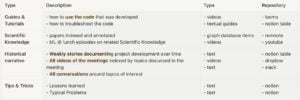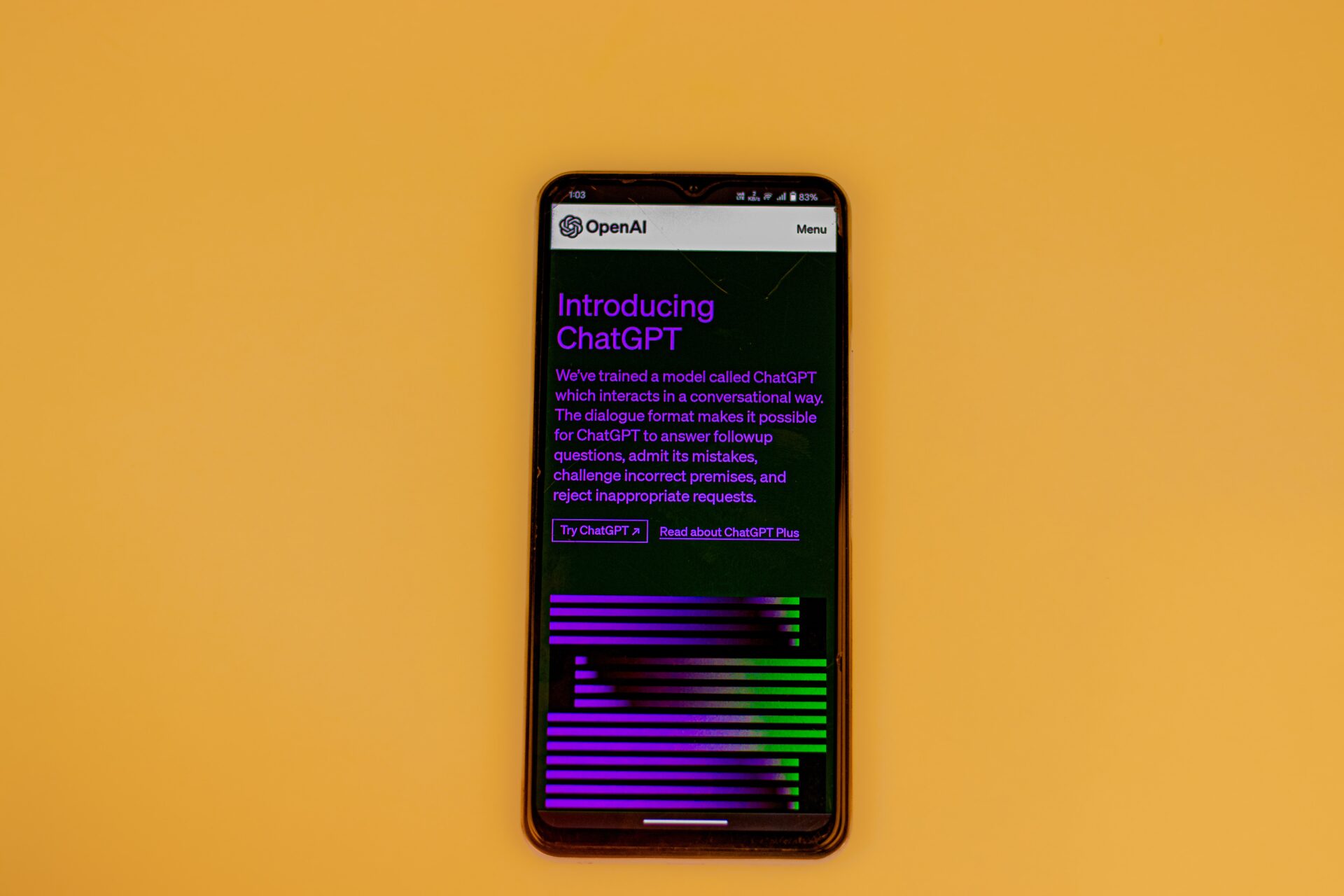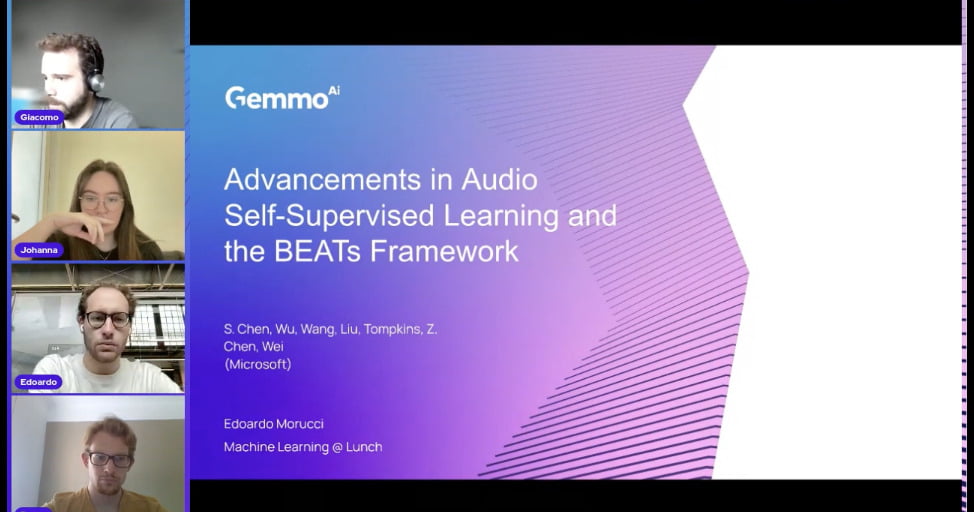How to Transfer Knowledge in a Machine Learning Project
Machine learning has become an indispensable tool across multiple industries. Unfortunately, many companies still lack the expertise needed to find, train and retain a team of machine learning experts; especially ones wh...

Machine learning has become an indispensable tool across multiple industries. Unfortunately, many companies still lack the expertise needed to find, train and retain a team of machine learning experts; especially ones who are capable of carrying out a knowledge transfer with their teammates or colleagues.
This shortfall can quickly cripple their efforts to meet increasing demands and compete in the modern marketplace. The future of business is AI-driven, and supporting your company’s AI mission is top of mind for many leadership teams.
However, the exponential growth of AI has brought with it a talent shortage, as engineers are unable to keep up with demands. In this article, we are going to look at how we can fill this gap through knowledge transfer and education.
The Learning Gap
A 2022 Deloitte survey found that 79% of business leaders have fully implemented three or more types of AI. Interestingly, however, 29% of those respondents also classified themselves as underachievers in AI optimisation. It is clear that despite the rise in the development and deployment of new AI technologies, many companies are still failing to achieve meaningful outcomes from AI.
A lack of ML talent could very well be responsible for holding companies back. Without a team of experts in place to monitor and optimise technologies, progress is not promised. On top of this, time and resources are often wasted searching for new hires with ML expertise.
The shortcomings of AI in business highlight what we have dubbed the learning gap. The learning gap exists for a number of reasons, mainly misinformation and poor knowledge exchange tools. The mention of AI and machine learning is off-putting for a lot of working professionals.
This is because AI is shrouded in mystery, and many people believe it to be too complex to learn. It’s easy to think of machine learning as this complicated, mysterious realm only open to the few who have mastered advanced math, statistics, and software engineering.
However, many people – particularly non-technical folks – have been able to get started and get results by simply learning the basics of machine learning. The implementation of a sufficient knowledge transfer system could be the eureka moment businesses are waiting for to scale with AI.
What is Knowledge Transfer in AI?
Knowledge transfer is a system by which information and know-how are compiled and categorised by experts and shared with prospective learners. It’s important to note however that knowledge transfer is not just the sharing of data.
Instead, it involves a deliberate and careful quantitative and qualitative approach that builds context and understanding. In the ML world, knowledge transfer is not as simple as sharing studies and papers with organisations and expecting them to pick them up. Engineers need to break down data and experiential knowledge into simple and strategic learning methodologies.
A practical knowledge transfer system can achieve greater mastery and understanding of any subject. A system that integrates various learning styles are particularly effective in transferring AI know-how.
Gemmo Solution: Our proven system for transferring learning in 2 weeks
To supplement the learning gap, we have developed a robust knowledge-transfer system. We simplify the process of building and maintaining existing machine learning systems by reducing network development and upkeep time.
Our system is highly intuitive and empowers even the most non-technical users to create intelligent networks. Below, we have illustrated just how we transfer know-how in a machine learning project, and the networks we utilise to enhance learning.

In-built into our system is an understanding of how people process and absorb information. This understanding inspired us to utlise a number of core learning styles, incorporating visual, auditory, and textual data presentation.
At Gemmo, our learnings are aggregated every step of the way. We record all of our data and findings and present them to clients through intuitive organisational tools like Notion and illustrative frameworks like Remnote. To integrate this system efficiently, we also remotely embed ML engineers into your team for support.
We help teams stay connected and motivated through continuous learning. Our system is not a simple fix, nor a 10-minute hack to save your business. Rather, we train your team to take on new AI responsibilities over time.
However, we have seen clear signs of success with this training system in as little as 1-2 weeks. We see knowledge transfer as the most efficient and effective method to overcome the talent gap and fill the learning gap.
Final Thoughts on Knowledge Transfer in an AI Project
According to the World Economic Forum, AI will displace 75 million jobs and generate 133 million new ones. The labour market will struggle to keep up with this rapid change of pace, and the learning gap will only widen. Employers must be proactive in equipping their employees with machine learning skills.
Re-skilling employees through a robust continuous learning programme will help you future-proof your company and workforce.
Book an AI to discuss how we can set up a knowledge transfer system with your company today!
Author: Johanna Walsh



